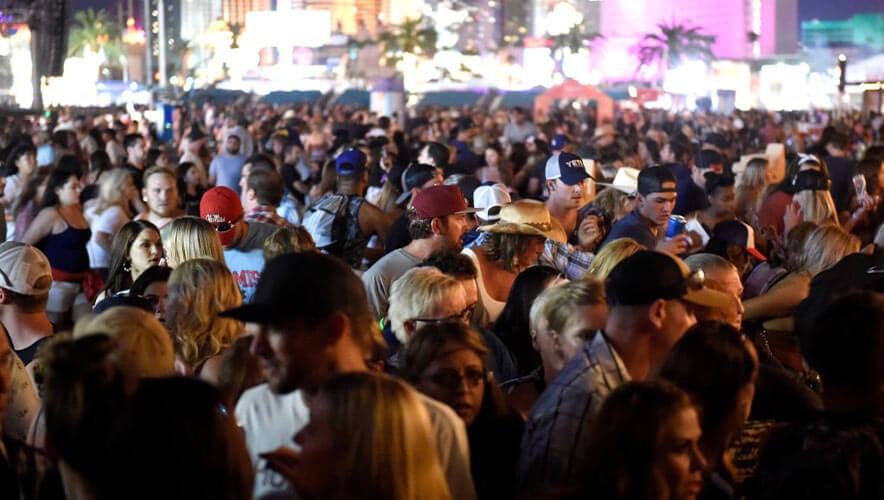Uniform Color Theory
1. Perception. Color theory isn’t an exact science, but we do know a few things about how colors change the way people are perceived. Color changes how people see others and how people see themselves. In American culture, the darker the color, the more authoritative a person appears. It is unsurprising then that the colors most often associated with security and law enforcement uniforms are blue, gray, and black.
2. Emotion. Psychological tests have found that individuals associate colors with specific moods. For example, people generally associate red with excitement and stimulation, which explains why red is often used for flashing emergency vehicle lights but not for uniforms. According to a study done at the University of Georgia, the color blue subconsciously evokes feelings of comfort and security in most people, making it a good choice for people in a position of authority.
Tests also have found that individuals associate the color black with power and strength. But black can also elicit anger, hostility, dominance, and aggression. A dark security uniform may subconsciously encourage citizens to see officers as aggressive or corrupt. The color gray is an unemotional color. It is detached, neutral, impartial, and indecisive. From a color psychology perspective, gray is the color of compromise—being neither black nor white. Gray conforms. For a security officer uniform, gray is conventional, dependable, and practical.
3. Authority. When combined with a uniform, color can establish a sense of authority. In 1829, the London Metropolitan Police developed the first standard police apparel. These first police officers were issued a dark blue, paramilitary-style uniform. The color blue was chosen to distinguish the police from the British military officers who wore red and white uniforms at the time. The first official police force in the United States was established in the city of New York in 1845. Based on the London police, the New York City Police Department adopted the dark blue uniform in 1853. Cities such as Boston, Buffalo, Cincinnati, Cleveland, Detroit, and Philadelphia quickly followed by establishing police departments based on the London model, including the adoption of the dark blue, paramilitary-style uniform. Most police uniforms in the United States continue to have a paramilitary appearance and are generally a dark color. However, dark colors are preferred not only for the emotions they convey, but because they keep the officer from being easily spotted by lawbreakers, especially at night.
Dan Mendelson is President of Unitex Direct. He serves on the ASIS Security Services Council.










